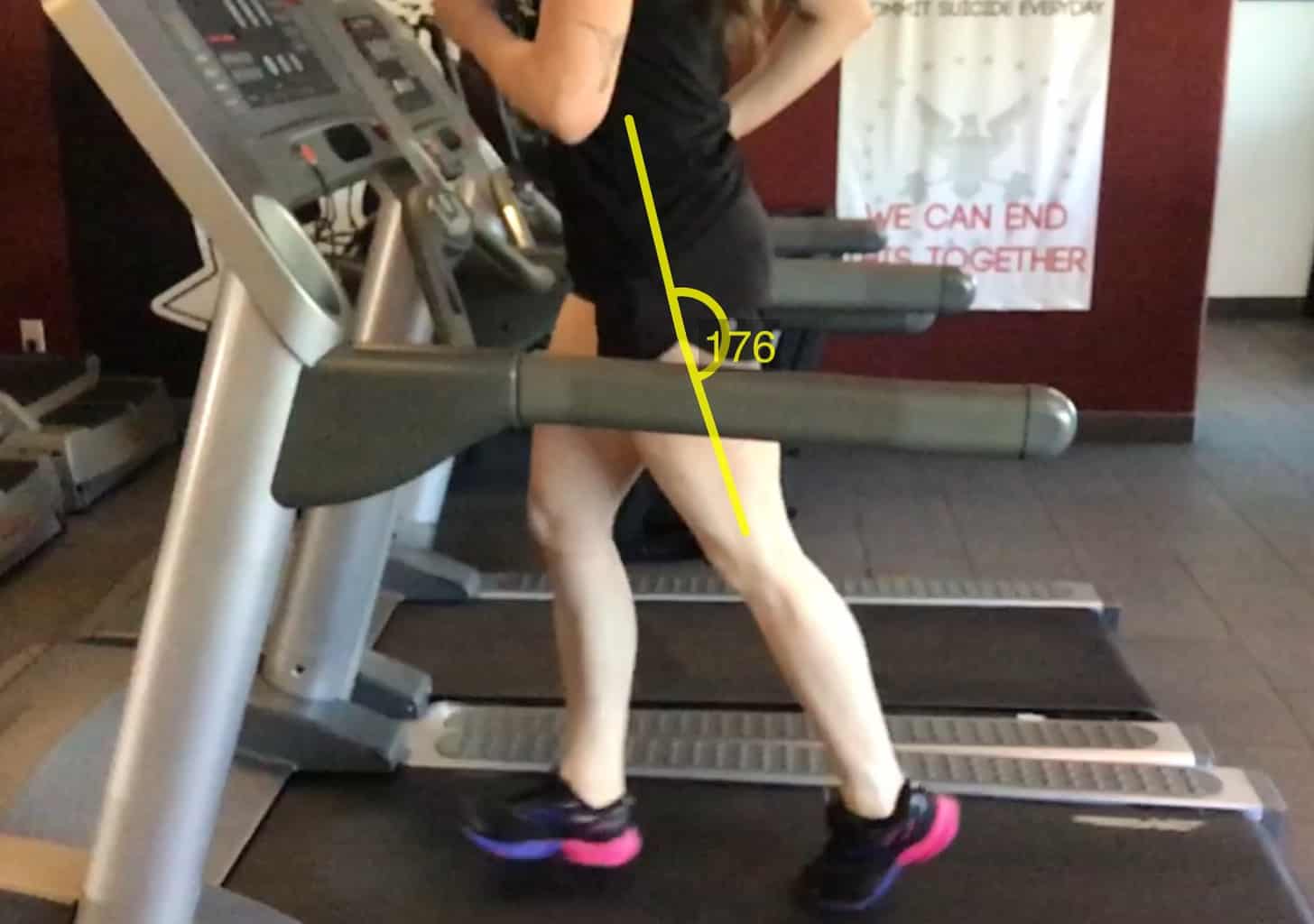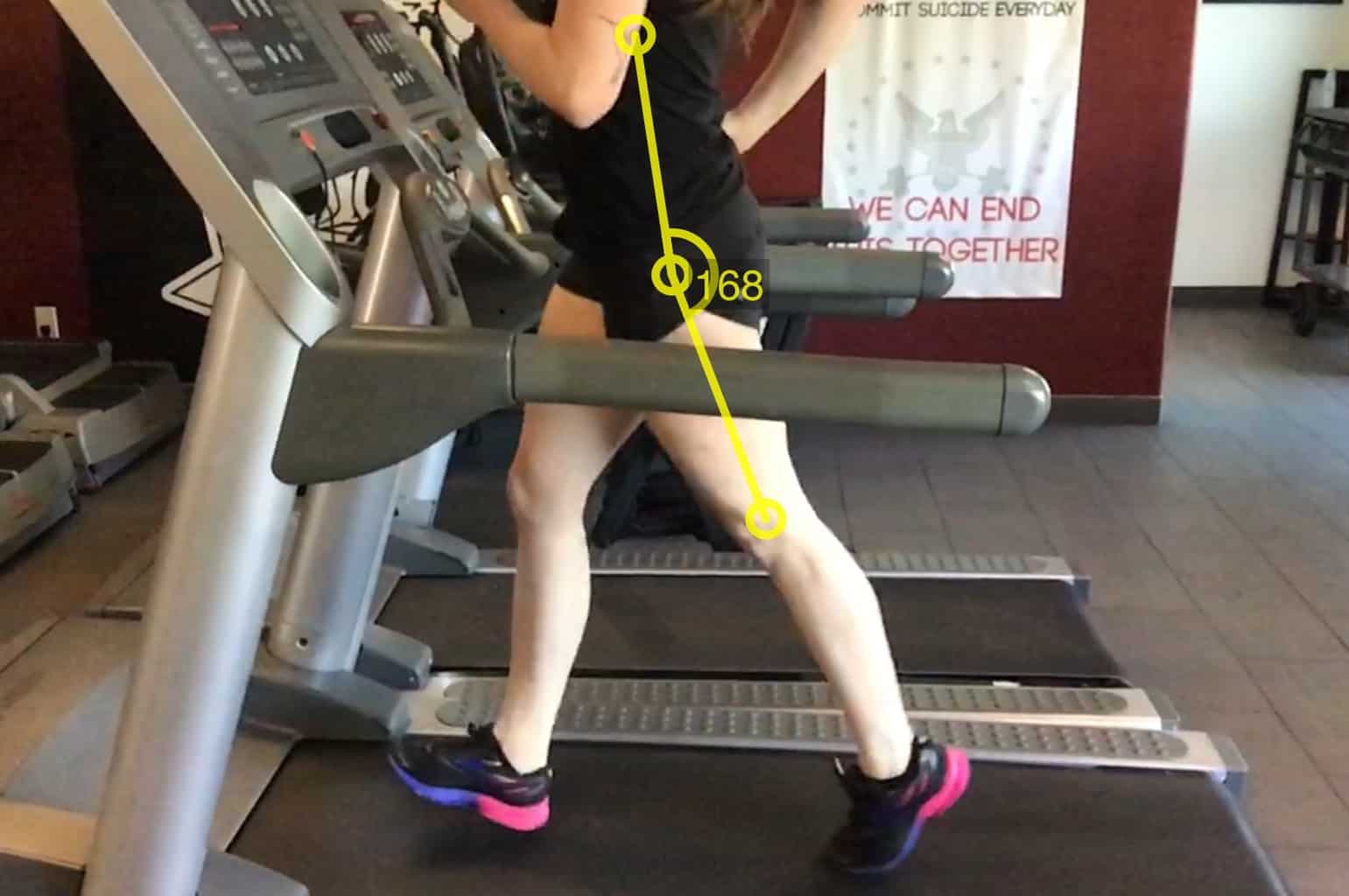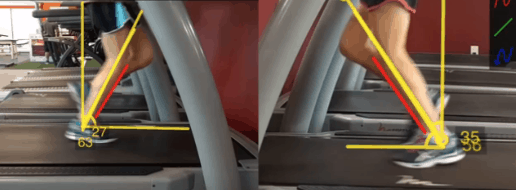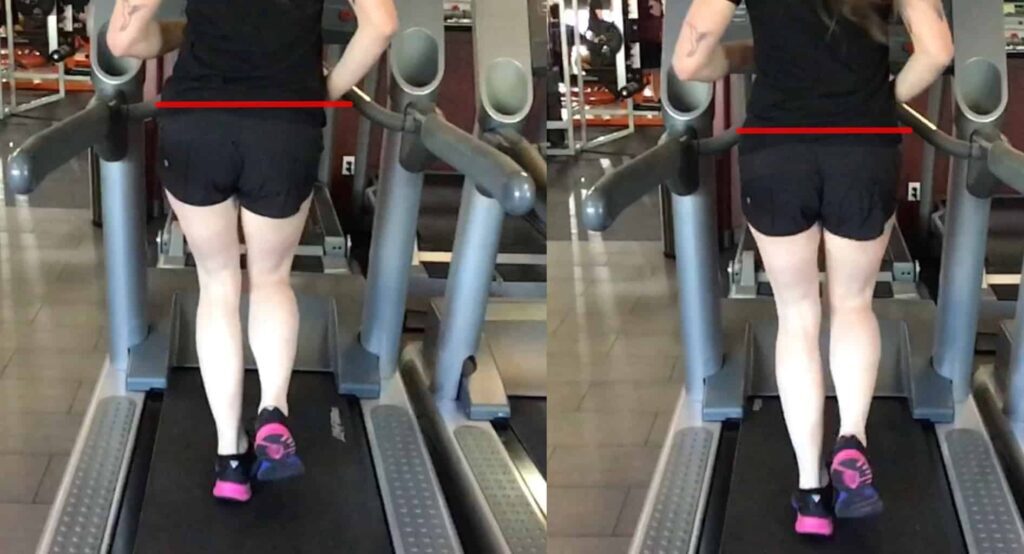RUNNING ANALYSIS SCOTTSDALE
Have You Found Yourself Wondering If There’s a Way To Run Faster And Not Get Injured In The Process?
Have you ever gotten a running analysis and felt overwhelmed being told what’s ‘wrong’ with you, without being told how to fix it?
Read on to discover 3 of the biggest factors that could lead to injury or slow your race times, and why running analysis is not always created equal!
There are lots of things to look at during a running evaluation – there’s tons of stuff happening quickly, after all. But there are 3 things seen fairly often that can increase your injury risk and limit your performance. That’s right – these are not just things that could get you hurt, but also things that can slow you down and keep you from setting a new personal record. Check them out below!
#1 Not enough hip extension
Have your legs ever felt like cement when trying to lift them up every single step? Your hips might be fatigued from trying to power through a hip mobility problem! Hip extension is the motion of your leg going behind your body. If you don’t have any of this and try to run, you’re not going to get very far with each step. Runners without enough motion this way report back, hip and knee pain.
What can be most frustrating about this issue is that you may not feel any discomfort during your run, but it rears its ugly head afterwards when you’re trying to enjoy a post-run beer. As soon as you try to stand back up from the table, tightness in your hips keeps you from even standing all the way upright. This might lead you to wonder why your hip flexors are always so tight!
Optimal hip extension is 15-20 degrees at the point when your leg is furthest behind you and your toe comes off of the ground to begin its swing forward. If you take a look at the picture below, you see only a few degrees of hip extension – which means this runner is missing over half of what’s needed. It’s pretty likely that her hips are impacting her ability to not only run faster, but also to fully enjoy that post-run IPA.


#2 Not Enough Ankle Dorsiflexion
The ankle also has to move well in order for you to run. When it doesn’t, runners notice Achilles pain, heel pain, and shin splints. It can be really frustrating because this kind of pain always seems to linger – it’ll be a little better, then worse, then a lot better, then it’s bad again.
Not only can it cause discomfort while running, but also when you take a day off and ‘just’ go on a hike. It’s pretty annoying that you took a break from running, but your foot and ankle aren’t any better!
Without good motion in the ankle, we can’t go through a full range that allows the storage and release of energy. This reduces shock absorption and can lead to that Achilles discomfort or even knee or hip pain, if you let this linger for awhile. Not only that, the lack of motion reduces your ability to propel forward and slows you down come race day.
Looking at the picture below, you can see the difference in ankle motion from one picture to the next. Improving this runner’s ankle mobility got rid of her Achilles pain and allowed her to complete a full marathon with a shiny new PR.
For more on this, read your tight calves are costing you.

#3 Pelvic Drop
Have you ever felt like your hips are uneven? Runners who notice this also commonly report knee pain. They feel like one knee drops toward the other or their knees knock together. Oftentimes this isn’t really painful during the run, but becomes excruciating after you drive home from your long run and have to practically crawl out of your car.
When the hip muscles aren’t stabilizing you properly, we see something called pelvic drop where one side of your pelvis tips. We can expect a small degree of this with running, but when it becomes excessive it can really put some strain on the knees and the low back.
In the left picture below, you can see the drop in the right hip as well as the curve on the left side of the spine in this runner. You can imagine how hundreds of steps could add up to some low back and hip strain! In the picture on the right, you can see her pelvis is much more level.
Want more on this? Read knee pain after running.

Can You Be Fixed?
Fortunately, all of these issues are fixable! By assessing your run, our Scottsdale running analysis physical therapy team can identify what’s going on at each joint and make changes to improve the way you move. It’s a great idea to get your running form evaluated even if you are not injured. Actually, especially if you’re not injured – let’s keep you that way!
Unfortunately, however, not all running analyses are created equal. There are a ton of options out there these days, and it can be difficult to know how they differ and if they’re worth it. Here are some questions to ask before having an assessment:
- Is a qualified movement professional doing the evaluating? Our Scottsdale running analysis physical therapy team would be ideal for this. Some chiropractors, personal trainers, and other providers may also have training here.
- Is technology (an app or computer) utilized in the assessment? Even to the trained eye, movements can be hard to pick up in real-time. Slow-motion video improves the ability to pick up on subtle nuances in your movements. For example, if you look at the pelvic drop picture again, that’s one thing that can be super difficult to determine with just real-time video.
- Does the analysis include advice on what to do with this information, or are you left to just sulk in your shortcomings?
If you answered “no” to any of these questions, look elsewhere for your running analysis. We have experts who help runners get back to an injury free state with even better performance. If you’re ready to finally hit that goal half marathon time and feel like a rock-star, contact us about a running evaluation today!
How Can Working With DPT Help You Reach Your Running Goals?
- We can often make changes in your running within the first couple of sessions.
2. We will help you understand why you’re having difficulty, and how to keep it from coming back.
3. Getting back to running sooner means you get your stress management benefits back! You’ll be back to feeling like yourself in no-time.
4. By working with you to fix your back pain, we can help you avoid pills, boots, and being told that rest is the only way.
5. Fixing your impairments while running means you get to keep running for years to come.
6. You won’t have to miss out on those post-run drinks with your friends. (You might be showing up for the drinks anyway, but now you’ll get to earn it!)
Essentially our Scottsdale running analysis physical therapy team wants to help you get back to your life by giving you the right tools at the right time during your healing process. Our goal is to make certain that your results are lasting, and that you won’t have to search for a good doctor to fix your physical pain ever again.
If you think our Scottsdale runner PT doctors might be a good fit for you, you can apply for one of our free monthly consultations. We give 4 of these 30 minute consultations away each month, so act fast!
Please Take A Few Moments To Hear What Our Clients Have To Say About DPT
Ready To Get Running?
Call 480-482-651 to inquire and see if you’re a good fit for working with our team of experts.


